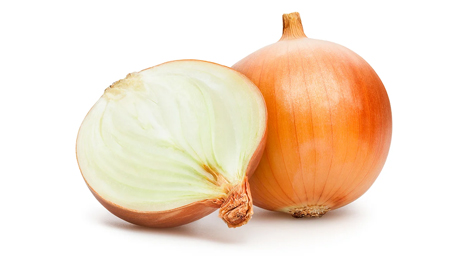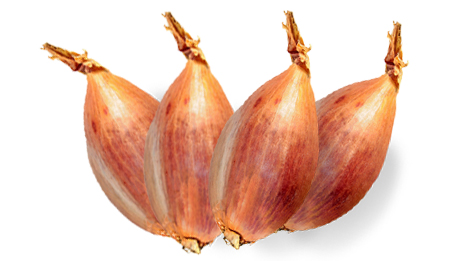Onion is a vegetable with a rich diversity of varieties, classified based on several characteristics: By skin color: onions are grouped into yellow, brown, red (purple), and white-skinned types. By day-length requirement (photoperiod): Short-day (8–10 hours/day — early maturing), Intermediate-day (10–12 hours/day — mid-season), Long-day (13–15 hours/day — late maturing) By maturity period: early, mid-season, and late varieties. Early-maturing onions generally have fewer protective skin layers, are juicy and sweet, and are not suitable for long-term storage — these are often referred to as summer onions. Intermediate-day onions can be stored for about 3–5 months, while long-day (late) onions — also known as winter onions — can be stored for 7–8 months. Late varieties typically have a thin but firm flesh, are noticeably pungent, and possess more protective skin layers, making them ideal for long-term storage.

















































Shallots are grown extensively in France, Canada and the Netherlands. Shallots are in fact a member of the garlic family which gives them a unique aroma. In Turkey, shallots are grown from the bulb instead of the seed. The harvest time of this variety depends on climatic conditions however it is usually in the first week of June. The earliest harvest takes place in the Gaziantep Region however the extreme heat in this geography shortens the storage life of the early harvest down to three months. Three shapes are cultivated in the Gaziantep Region: round, elongated and semi-elongated. The late harvest is cultivated in the Çorum area where only round shallots are grown. The harvest in Çorum is usually in early September, which offers the advantage of longer shelf life.




























